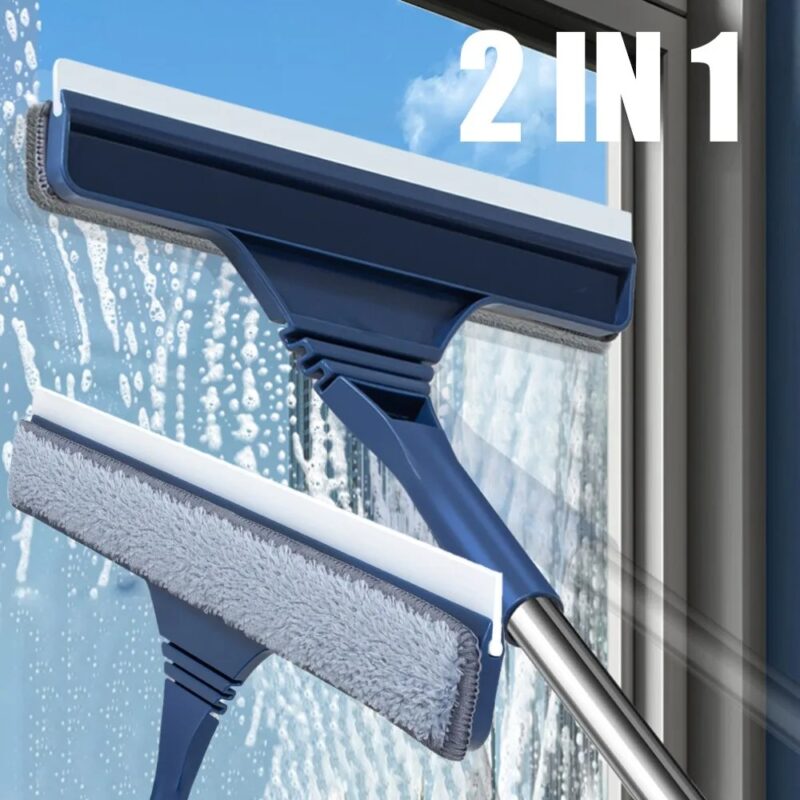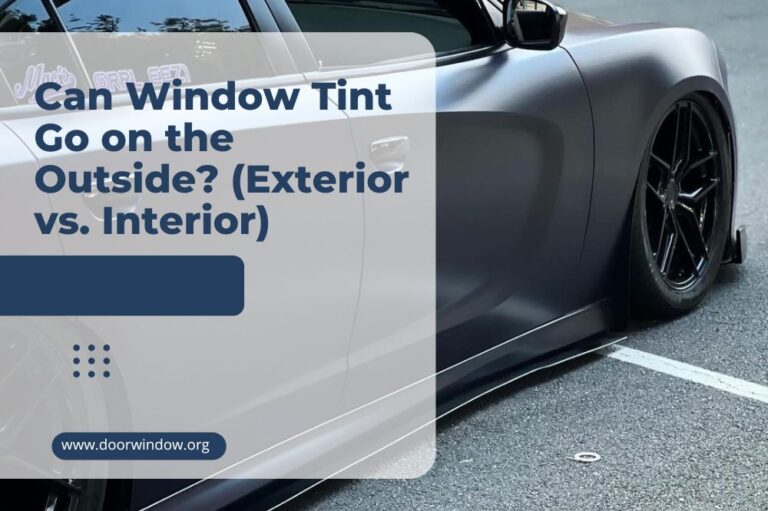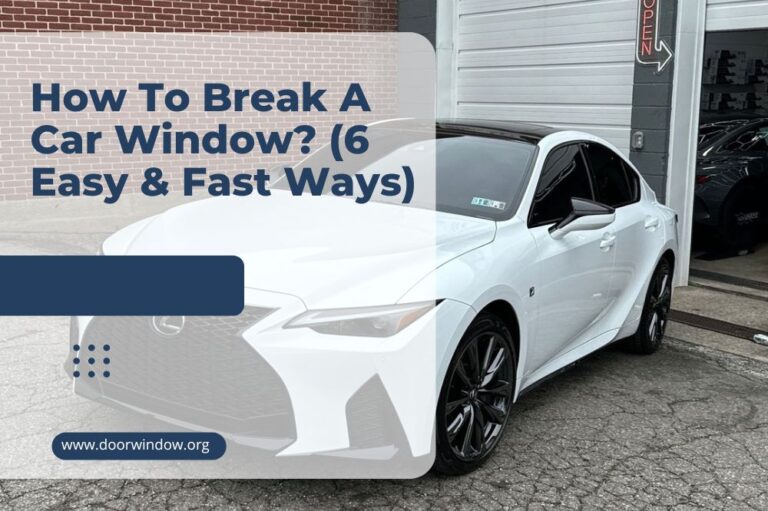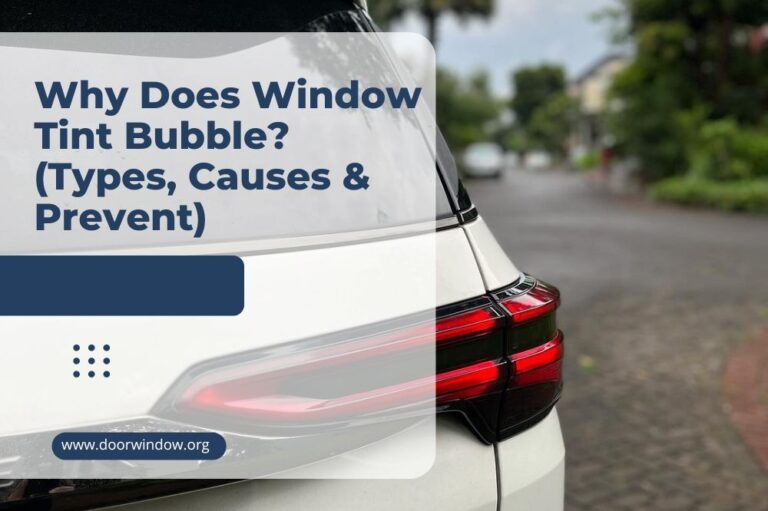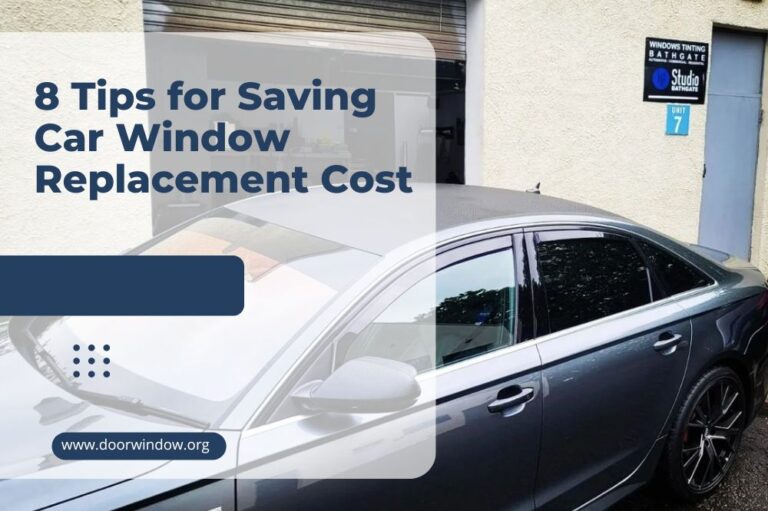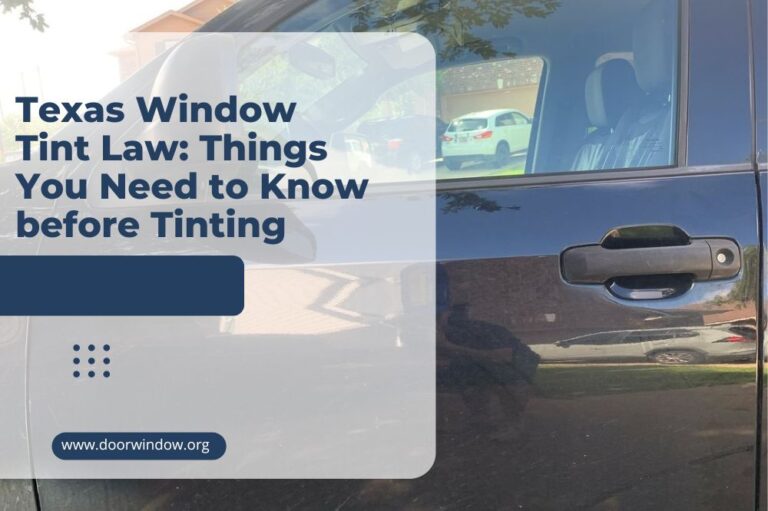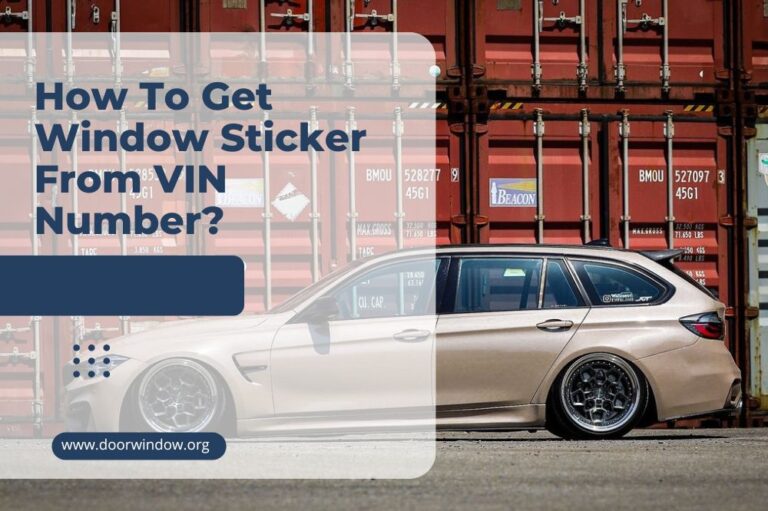How to Tell What Percent Tint You Have? (with Calculate Example)
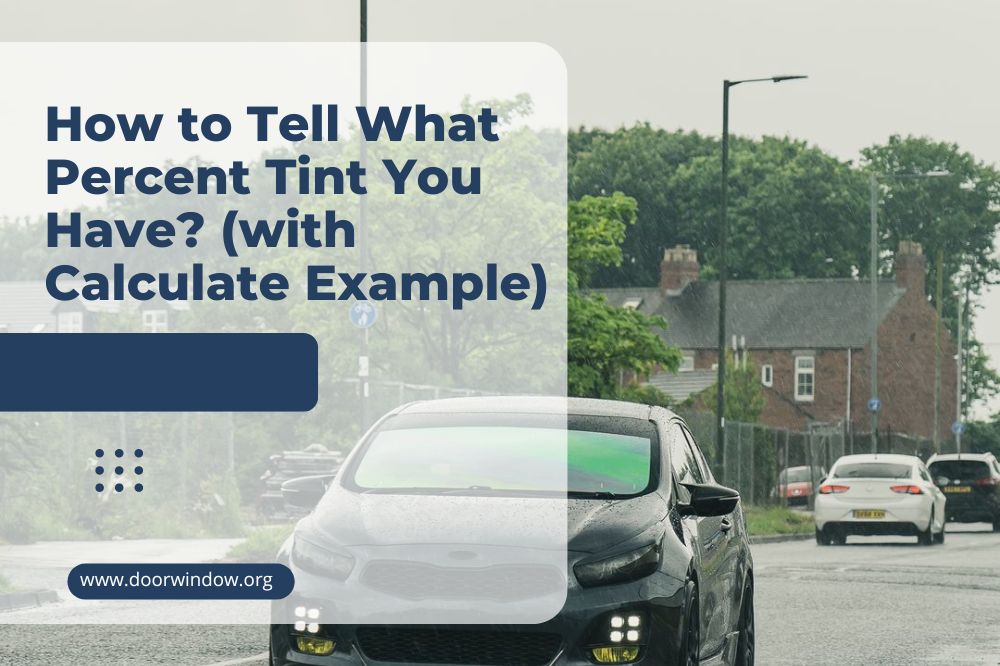
Many drivers think about having their windows tinted, but only a few know everything about the tint percentage allowed. Once you apply the film to the glass, you probably ask yourself how to tell what percent tint you have. It is a crucial question, particularly if you plan to travel to another state.
As you know, each US state has its own law about that subject so that you can be fined because of the wrong window tinting percentage. Some levels are strictly forbidden because they are a barrier to clear vision and can cause an accident. Let’s talk about the subject.
Window Tint Percentage Types
Most drivers decide to have their car windows tinted because of a few reasons, such as:
- The film enhances the car’s aesthetics
- Tinting increases privacy
- Applied film lowers the temperature inside the car
- Tint blocks harmful UV rays
- The high-quality film prevents glare
In theory, you can choose window tint options from 5% to 90%, referring to the visible light transmission amount coming through the window. The tint you pick out for your vehicle will be darker with a lower percentage.
No tint – In this case, you have regular factory windows without tinted glass. They provide excellent visibility but create glares while driving and can’t block UV rays or reduce heat.
50% tint – It is an excellent option for drivers who want to avoid complete darkness since this film blocks only half the light coming inside the car. This percentage is still enough to reduce glare and block heat and UV rays while making driving safe.
35% tint – Most drivers enjoy this option since cars with such darkened windows look fantastic and classy. On the other hand, this percentage still allows a clear view through the windows.
20% tint – Such a low percentage provides enough privacy, but it is at the limit of clear visibility.
5% tint – This highly dark film is forbidden for vehicles in all US states and most countries worldwide. However, it is possible applying it to the limousines’ back windows.
The US
Be careful with tinting since too low percentages are illegal in most states. If you have installed such a film, you can count on fines when the police stop you. Plus, you will be forced to remove existing tinting and replace it with the one according to the law.
Allowed tint window percentage by state |
|||
| State | Window (car / multi-purpose vehicle) | ||
| Rear | Back side | Front side | |
| Alabama | 32% / No limit | 32% / No limit | 32% |
| Alaska | 40% / No limit | 40% / No limit | 70% / No limit |
| Arizona | No limit | No limit | 33% |
| Arkansas | 10% | 25% / 10% | 25% |
| California | No limit | No limit | 70% |
| Colorado | 27% | 27% | 27% |
| Connecticut | No limit | 35% / No limit | 35% |
| Delaware | No limit | No limit | 70% |
| Florida | 15% | 15% | 28% |
| Georgia | 32% / No limit | 32% / No limit | 32% |
| Hawaii | 35% / No limit | 35% / No limit | 35% |
| Idaho | 35% / No limit | 20% / No limit | 35% |
| Illinois | 35% / No limit | 35% / No limit | 35% |
| Indiana | 30% / No limit | 30% / No limit | 30% |
| Iowa | No limit | No limit | 70% |
| Kansas | 35% | 35% | 35% |
| Kentucky | 18% / No limit, 8 inches (20.5 cm) from the top | 18% / No limit, 8 inches (20.5 cm) from the top | 35% |
| Louisiana | 12% / No limit | 25% / No limit | 40% |
| Maine | 35% / No limit | 35% / No limit | 35% |
| Maryland | 35% / No limit | 35% / No limit | 35% |
| Massachusetts | 35% | 35% | 35% |
| Michigan | No limit | No limit | No limit, 4 inches (10 cm) from the top |
| Minnesota | 50% / No limit | 50% / No limit | 50% |
| Mississippi | 28% / No limit | 28% / No limit | 28% |
| Missouri | No limit | No limit | 35% |
| Montana | 14% / No limit | 14% / No limit | 24% |
| Nebraska | 20% / 35% | 20% / 35% | 35% |
| Nevada | No limit | No limit | 35% |
| New Hampshire | 35% / No limit | 35% / No limit | Not allowed |
| New Jersey | No limit | No limit | Not allowed |
| New Mexico | 20% / No limit | 20% / No limit | 20% |
| New York | No limit | 70% / No limit | 70% |
| North Carolina | 35% / No limit | 35% / No limit | 35% |
| North Dakota | No limit | No limit | 50% |
| Ohio | No limit | No limit | 50% |
| Oklahoma | 25% / No limit | 25% / No limit | 25% |
| Oregon | 35% / No limit | 35% / No limit | 35% |
| Pennsylvania | 70% / No limit | 70% / No limit | 70% |
| Rhode Island | 70% / No limit | 70% / No limit | 70% |
| South Carolina | 27% / No limit | 27% / No limit | 27% |
| South Dakota | 20% / No limit | 20% / No limit | 35% |
| Tennessee | 35% | 35% | 35% |
| Texas | No limit | No limit | 25% |
| Utah | No limit | No limit | 43% |
| Vermont | No limit | No limit | Not allowed |
| Virginia | 35% / No limit | 35% / No limit | 50% |
| Washington | 24% / No limit | 24% / No limit | 24% |
| Washington DC | 50% / 35% | 50% / 35% | 70% |
| West Virginia | 35% / No limit | 35% / No limit | 35% |
| Wisconsin | 35% | 35% | 50% |
| Wyoming | 28% / No limit | 28% / No limit | 28% |
As you can see, US states have different laws and traffic regulations regarding car window tinting. Whatever laws are, they are crucial for preventing possible car accidents and putting yourself and other road users at risk.
The UK
By the Britain law, windows must let 70 to 75% of sunlight through. Since most vehicles come with window glass featuring up to 70% VLT, applying even a light tint over the original glass will be illegal.
Australia
It is allowed to have side windows tinted up to 35% VLT in Australia but without reflective tints. On the other hand, the windscreen film is limited to 70 to 75% VLT.
VLR and VLT
You should be aware that sunlight hits the glass and then can:
- Pass through glass (transmittance level)
- Bounce off the glass (reflection level)
According to this, you can recognize two crucial values:
Visible light reflection (VLR) – It shows you the percentage of solar energy reflected off the car window.
Visible light transmission (VLT) – It shows the sunlight amount that penetrates through the window tint.
Unlike darkened windows, transparent glass won’t absorb much visible light, and the absorption level directly depends on the tinting percentage. If you have tinted your windows with a film featuring a high VLR, it will block most of the light and prevent it from passing through the glass.
Factory Tint vs. Applied Tint
Factory tint is a car’s window darkening level installed during production. A new trend is to get a vehicle with darker windows, and you can often find models with originally tinted rear windows.
In most cases, this glass tint percentage on rare windows is 15% to 20%, which blocks 80 to 85% of visible light and lets approximately 15 to 20% inside the vehicle. On the other hand, the original tint for side windows is 70 to 80%.
In some states, it is allowed to increase the window darkness by applying an aftermarket film over the original one. In that case, you should calculate the additional darkness level to prevent violating state traffic rules.
Ways to Calculate Window Tint Percentage
It is uncomplicated to pick out the proper film for your car if it came without window tint installed. In that case, you don’t need to calculate the tinting percentage because it will be equal to the value of the film itself.
For instance, a tint with 70% VLT will block 30% of the sunlight while the rest of 70% passes through the glass. The darker the film you apply, it will reflect more light off the windows, and less light will get through them and enter inside the car.
The problem appears with vehicles featuring factory-tinted windows. In that case, you need to calculate how much light comes through the windows before applying the film to prevent exceeding the legal limit in your state. To get that value, you should multiply the VLT value of the film and the VLT of the original glass:
Film VLT x original glass VLT = final tint percentage
Lat’s take an example:
- The film VLT is 6%
- The factory VLT is 70%
The final tint percentage after the film installation would be:
- 5% x 70% / 100% = 3.5% VLT tint
Another option is to apply a film with VLT 50% to a glass with an original 70% tint. In that case, the result will be:
- 50% x 70% / 100% = 35% VLT tint
As you can see, VLT will be significantly lower after combining applied film and an already existing window tint.
Summary
If you have tinted windows on your vehicle, you should know how to tell what percent tint you have. It is crucial since too low percentages are forbidden in most states. Moreover, you can pay a ticket if you have the wrong tinting percentage levels on each window. Be on track and do your best to prevent possible accidents!

